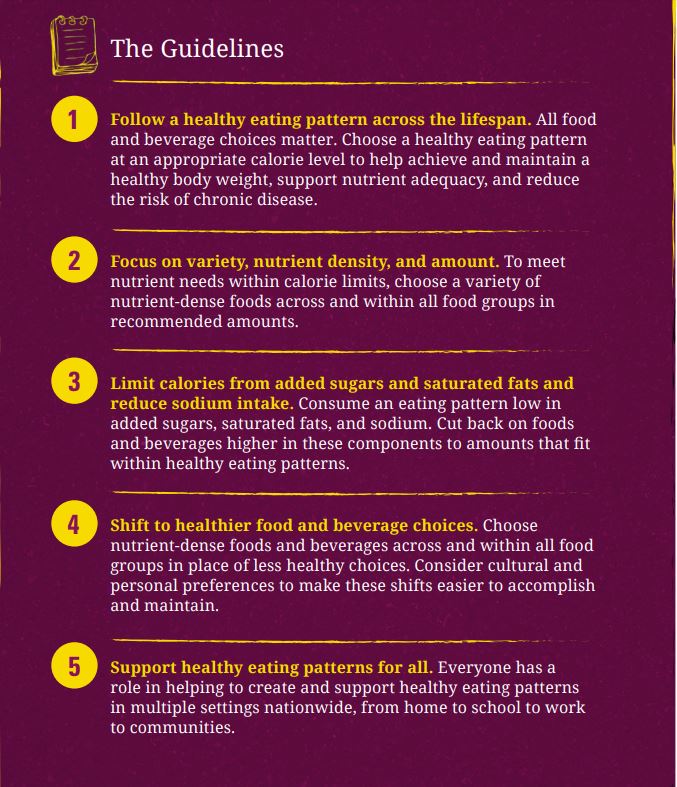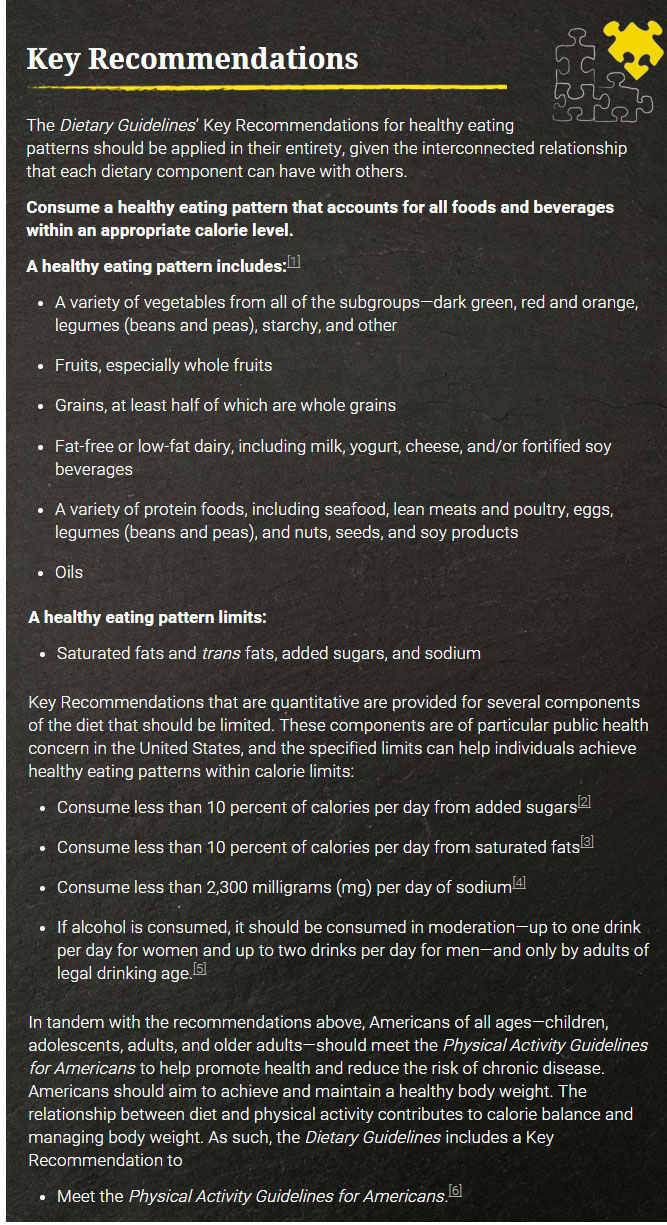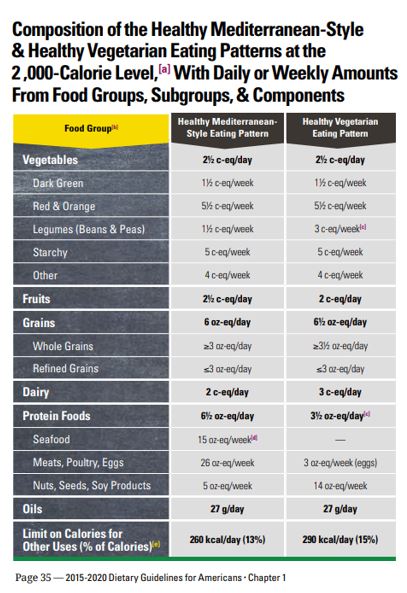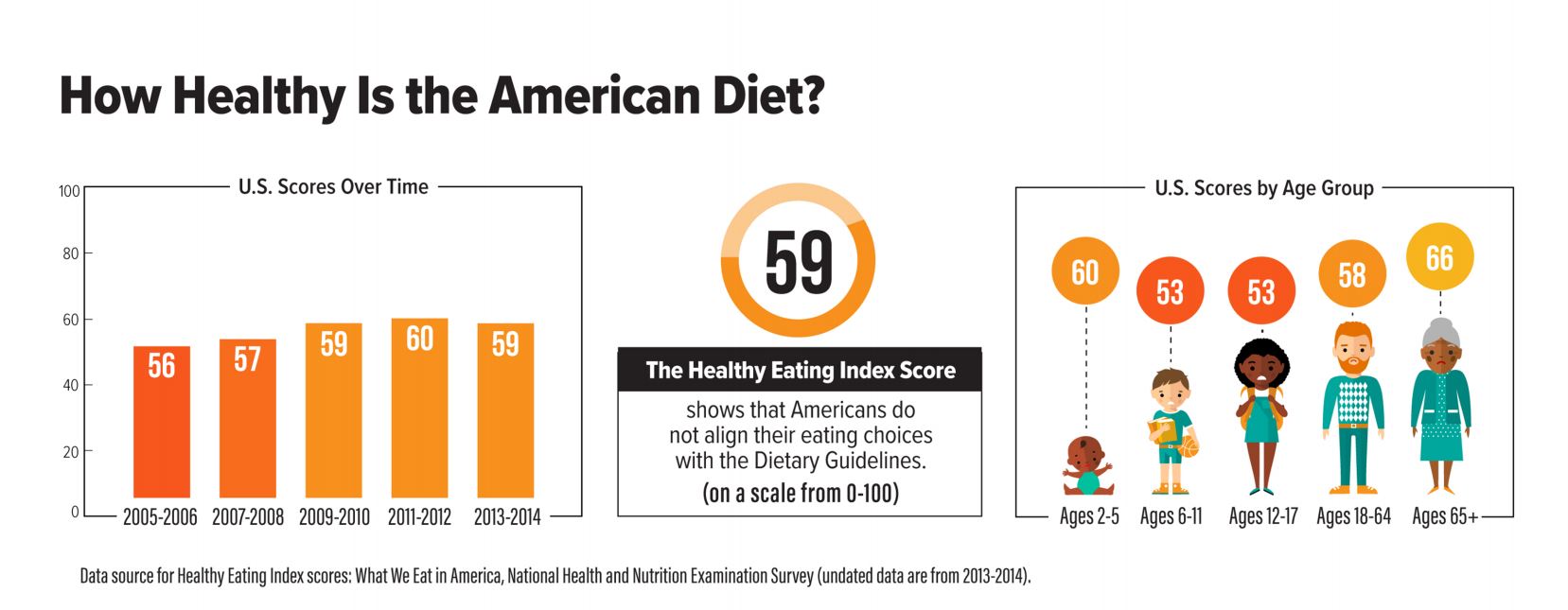I am over 2 weeks into following the Dietary Guidelines for Americans and I want to measure my adherence. I’ve run into a bit of a mental roadblock that is making a keto-diet seem appealing to me . . .
Low-Carb Diets Are Relatively Simple
Although I don’t think I would be able to follow a “keto” or low-carb diet for even one day because too many good foods are off limits, these restrictive diets are appealing in one way . . . they are SIMPLE: restrict carbohydrates. At the end of the day, you’ve adhered to the diet (more or less) if you have eaten fewer carbs. Success.
Initially you will probably lose weight because you are checking labels and more aware of what you are eating, eating less junk, and possibly eating fewer calories (also, a large part of the quick initial weight loss on carbohydrate-restricted diets is water weight). You will most likely attribute the weight loss to carbohydrate restriction. The rules are easy (though adhering to the limited food choice over may not be sustainable . . . ).
In contrast, the Dietary Guidelines focus on dietary patterns and nutrient density – this makes measuring adherence trickier (though I find such a diet easier to follow). In my first 2 weeks of following the Guidelines I have found it pretty easy to align what I eat with the Guidelines’ five overarching goals – which has meant many delicious foods that fit into my lifestyle without many restrictions.

My Biggest Dietary Change on the Guidelines – Limiting Added Sugars
A main dietary change for me has been limiting added sugars. I have a sweet tooth (and I am pretty active), and two or three treats a day was a norm for me. I also love baking – but even more “healthful” treats made with whole grains and less sugar are still sweet. So I am trying to limit myself to one sweet treat a day for this month to follow the Guidelines – I am not always successful. My go-to lately is this banana bread to make use of bananas that spoil too quickly in the summer heat (with added chocolate. . . something I love)!

The key recommendations are more complex, but I am on the right track.

Now It Gets Complicated
But the Guidelines get more specific, and here’s where it gets more complicated to follow and assess how I’m doing. Here is an example for the Mediterranean and Vegetarian-Style Eating Pattern.
How Am I Doing on These Goals?
The simplicity of tracking only carbohydrates suddenly seems appealing. Because measuring Guidelines cup and oz equivalents is no fun. Just exactly how many cup equivalents of vegetables (dark green? red & orange? starchy?), proteins, legumes, and oils were in that curry I just ate? I really don’t care. It was tasty and nourishing.
And this should be easy for me . . .
I have had several research roles developing materials to help research study participants estimate servings of various foods for several dietary pattern interventions including the WHEL Study (a long-term clinical trial investigating diet and prognosis in breast cancer survivors). Also, for my Master’s thesis I helped develop and validate a dietary self-monitoring tool to help study participants assess their fat, fiber, vegetable and fruit intakes.
There is even a tool that boils down adherence to the Guidelines into one score (the Healthy Eating Index). Overall, Americans are not following the Guidelines (though many who blame the obesity epidemic on the Guidelines ignore this data). 
Macronutrients are Simple to Measure, but What Do They Tell Us?
I still plan to analyze my adherence to the specific Dietary Guidelines. But this process has made me realize that really following the Guidelines beyond the overarching goals is a lot more complicated than diets that focus on macronutrients (carbs, protein, or fats). To be fair, following the overarching goals has been relatively easy.
Has the low-carb high-fat trend caused some to look at the Guidelines through this macronutrient lens while ignoring nutrient density and diet quality?
How can anyone equate lentils to lollypops (high carb) and nuts & seeds to french fries (high fat)?
Focusing to much on macronutrients maybe this is why many people erroneously think that eating according to the Dietary Guidelines means eating a lot of carbohydrates (especially refined and high sugar). But my experience thus far has been that Dietary Guidelines critics do not really know the Guidelines.
Other Posts in This Series:
Carbs & the Dietary Guidelines for Americans: Quality Counts!
- DAY 3 – Dietary Guidelines On the Road
- DAY 2 – Dietary Guidelines at the Airport
- DAY 1 at a Glance
- N-of-1 Nutrition
